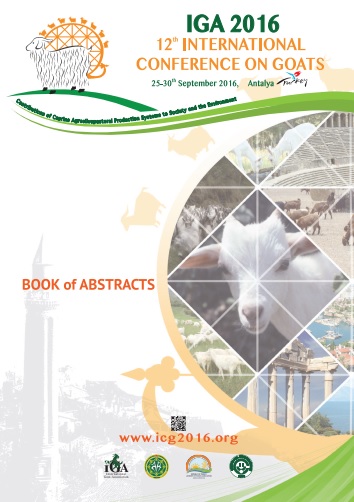With the aim of studying the long term effects of milking frequency, a herd of Murciano-Granadina dairy goats submitted to once-a-day-milking for the last 20 years, was used to compare once vs. twice daily milking (1× vs. 2×). Goats (n = 34) were divided in 2 groups and randomly assigned to the milking treatments during first week after parturition: 1× (0900 h) and 2× (0900 and 1700 h) for the entire lactation. Individual milk yield was daily recorded for 30 weeks. Goats milked 1× had higher milk flow rate during milking, but average milk yield resulted 22.7% lower than 2× goats (1.56 ± 0.11 vs. 2.02 ± 0.12 L/d; P <0.001). Moreover, lactation peak was greater (P <0.01) and lactation persistency lower (P < 0.05) in 2× vs. 1× (2.51 ± 0.12 vs. 1.90 ± 0.16 L; 65.3 vs. 73.9%, respectively). As an alternative strategy, we investigated the effects of omitting 2 milkings weekly (Saturday and Sunday afternoon) throughout lactation in a second experiment done during the following lactation in the same herd (n = 26 goats). Milk yield was recorded for 30 week and milk composition and somatic cell count (SCC) were measured daily during week 28. Average milk yield was 2.00 ± 0.12 L/d and persistency 78.1%. Despite observing a decrease in milk yield and fat content on the milking omission days, both traits were compensated in the following 2 days (Monday and Tuesday), with no effects on total milk yield. Milk protein content and SCC did not vary between test days. In conclusion, we found greater milk losses than expected when practicing 1× for whole lactation, misadvising on a generalized adoption of this milking routine in intensive dairy goat farms. Omitting 2 milkings during the weekend did not have noticeable effects on both averaged milk yield and composition. Consequently, we considered skipping milkings during the weekend as an appropriate milking strategy for reducing workload and improving farmer’s quality of life in intensive dairy goat farms.


